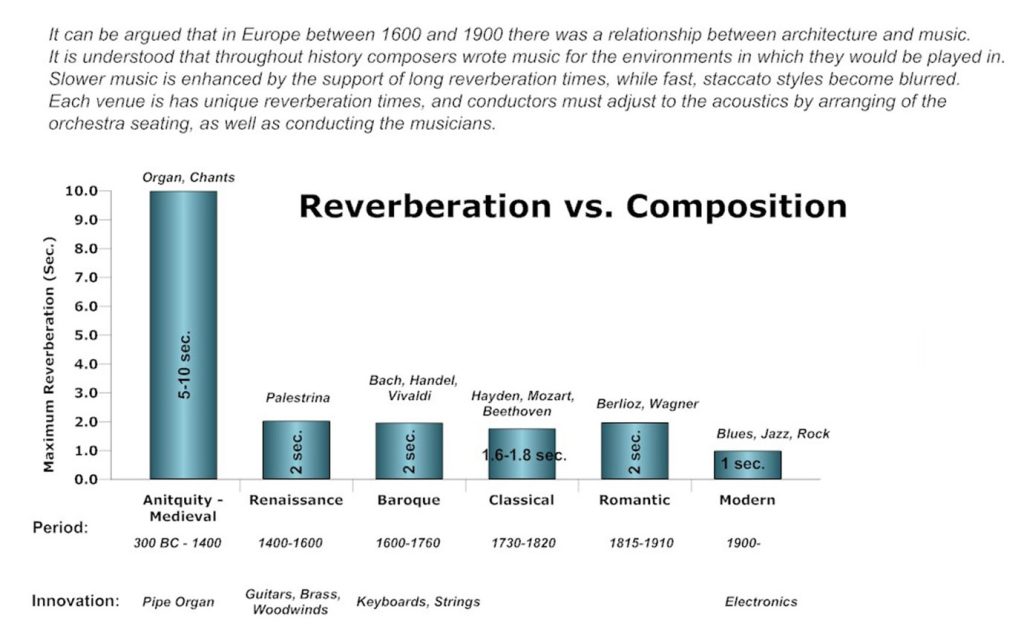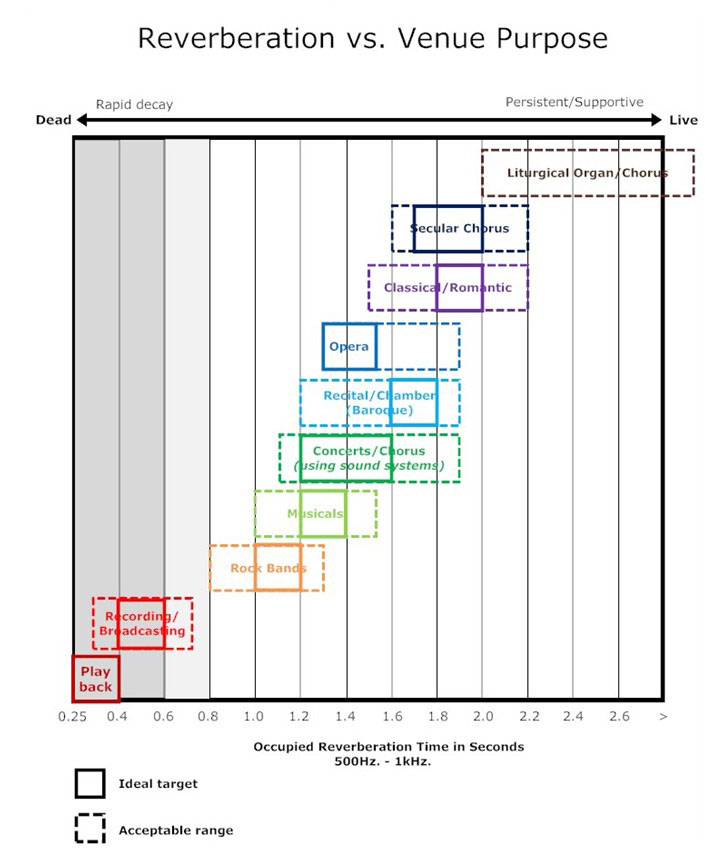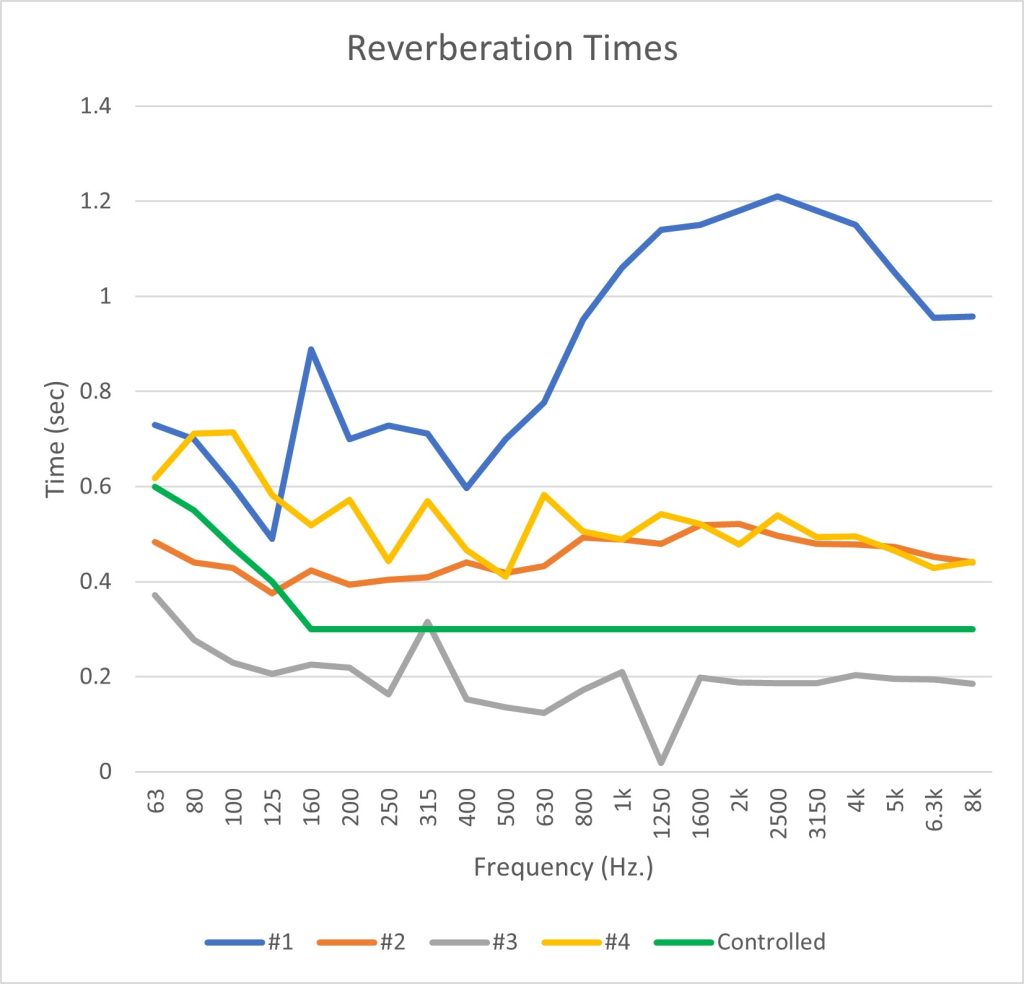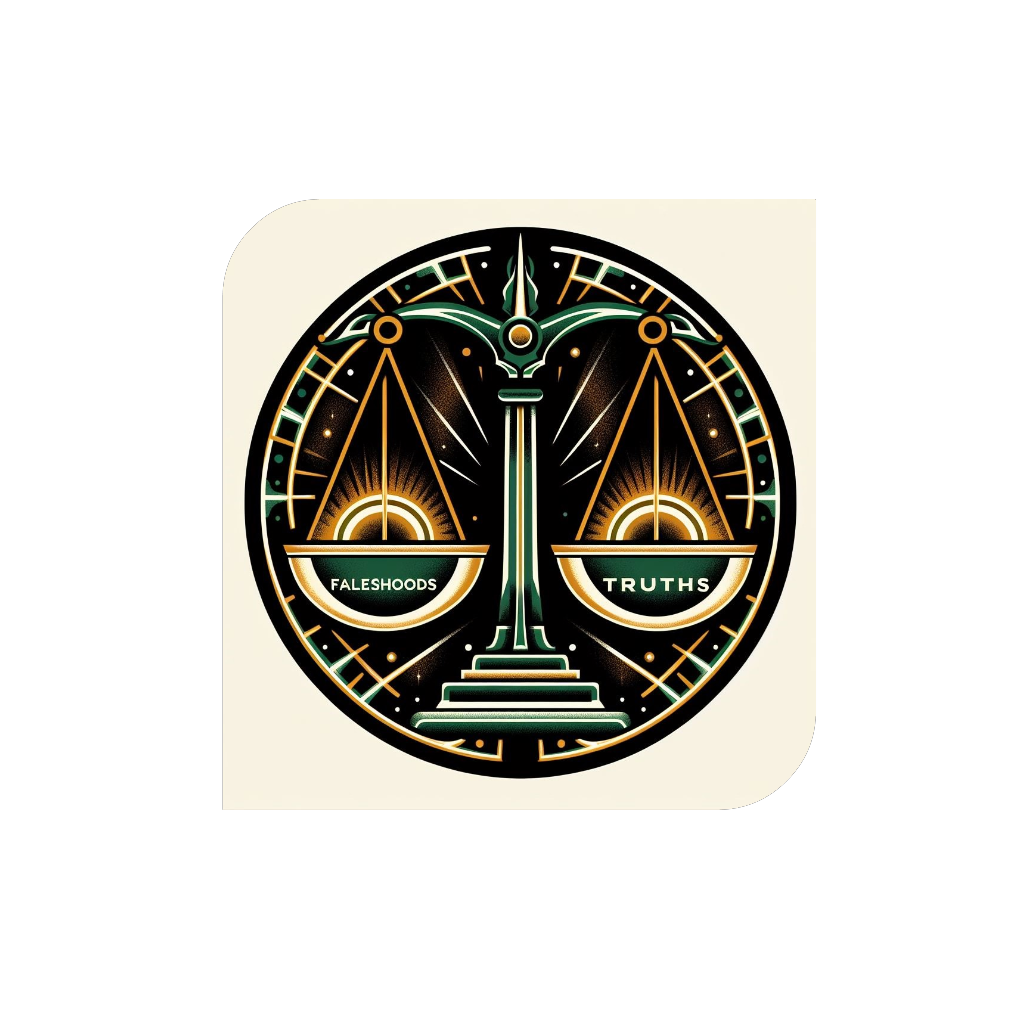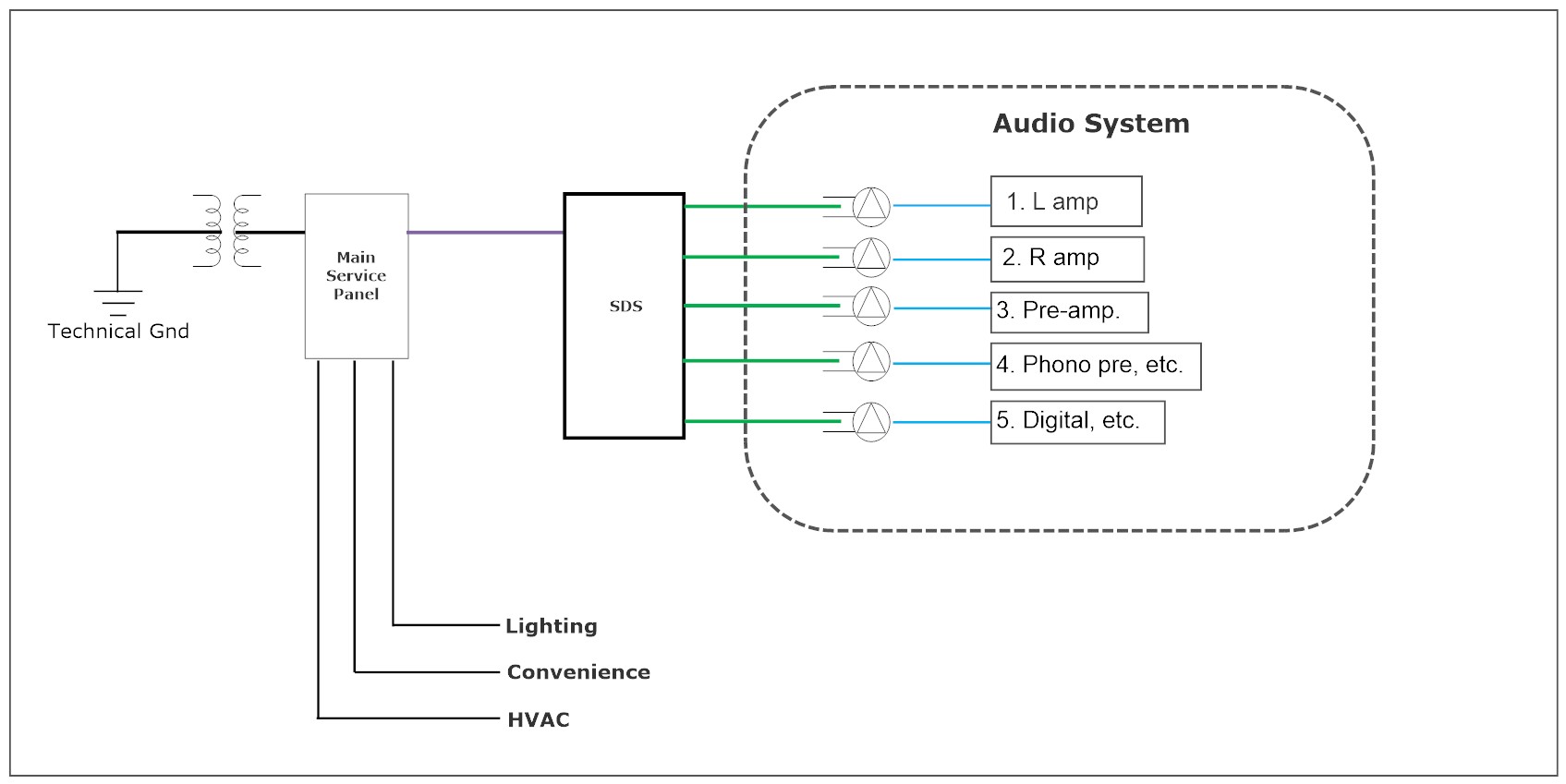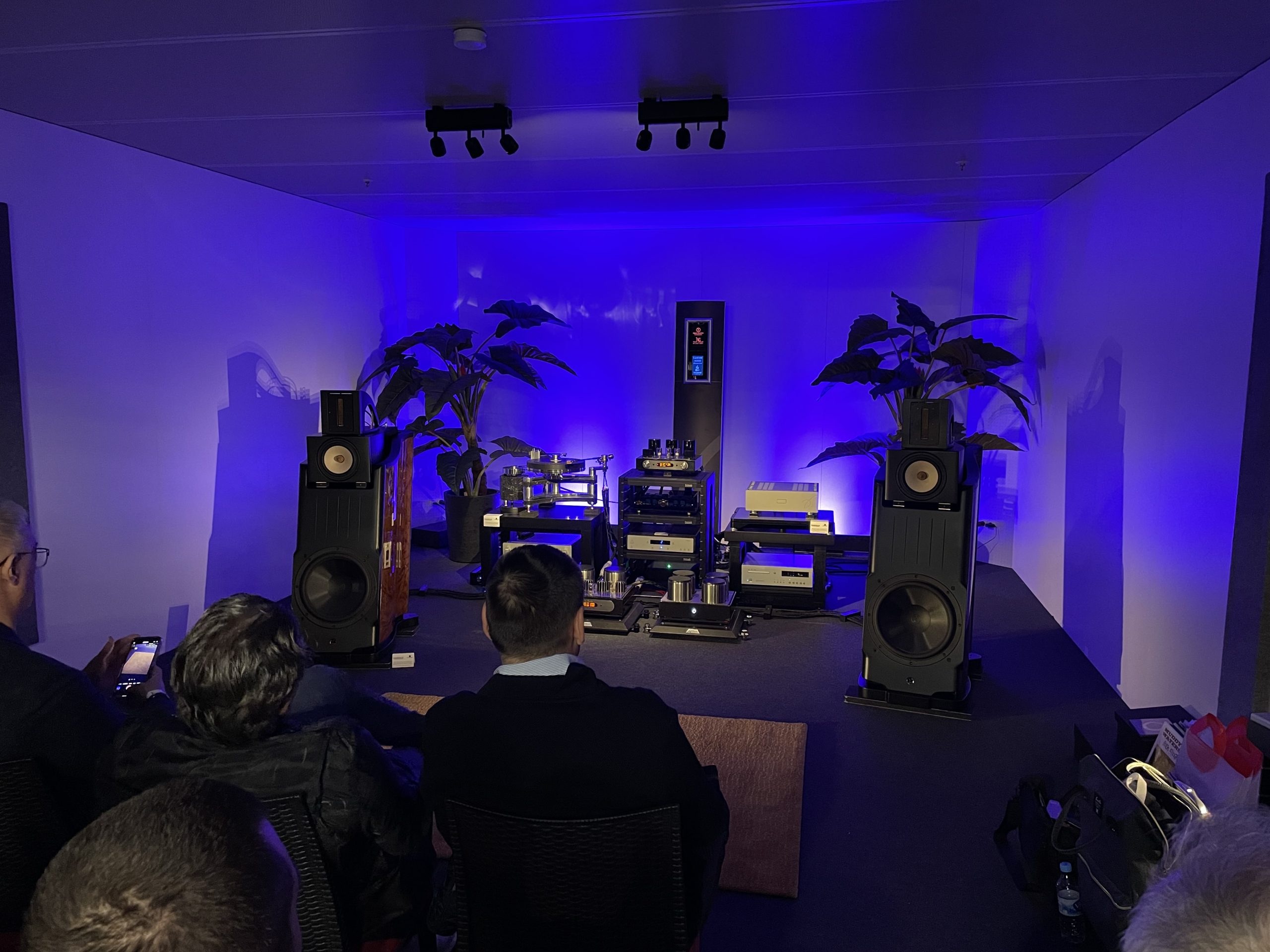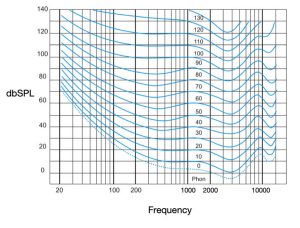Norman Varney of AV RoomService Ltd. has joined Positive Feedback as a Senior Technical Editor as of Issue 113. His expertise in his field of audio acoustics and experience in the field makes him a helpful voice in our creative community for the audio arts. As has been our wont from the beginning of PF, we do welcome contributions from qualified voices in the high-end audio industry, provided that they don't use the opportunity to market their own products/attack competitors and others...which we simply don't allow here.
Experience is wisdom. Recently, I visited a dealer who's primary two channel showroom had hundreds of thousands of dollars worth of audio equipment and acoustical treatment invested in it. The owner is very proud of it and was excited for me to hear it. As I walked into the room while conversing, I could tell that there was too much absorption at particular bands in the mid to high frequencies. He played some music unfamiliar to me that sounded well recorded, however the acoustic guitar sounded thin and small compared to a classical acoustic guitar. This might have been the guitar or the recording, but I felt it was the speakers. There was good layering and soundstage width and depth, but it was not convincing. I played a track that I have heard on systems since it came out in 1975. A track that has many changes in style, rhythm, dynamics, and many different electric and acoustic instruments.
Listening to this track quickly confirmed my initial impressions; the speaker/room interaction put a hurt on the musical information in the recording. Not only did things not sound right, but so much information was missing. Body, harmonic richness, image size, low-end extension, and very important to me regarding music—dynamics. So much of the musical fun was lost.
Now remember, the dealer is very pleased with the sound. He has been exposed to high-end equipment for quite some time. So how can he be so pleased with the sound when I know that so much of it is missing?
It is all about what you have been exposed to—what you've experienced—that is your reference. It is fine and I am happy that he is happy with the sound. And really that is all that matters. However, I know that he could be getting more out of the experience, if only he knew what to listen for, then he would be able to make better choices with his playback system. This takes repeated exposures to the right sources. This is part of what experienced (trained) listening is about. Just doing A/B/A comparisons only tells you when things are different, but not necessarily better, or more accurate. Without an accurate reference to judge from, you are just chasing your tail in confusion.
A typical audio guy might have grown up listening to his older brother's stereo system, which may have been bass heavy, so that is what his reference is. That is what he likes. That is fine. However, it is not accurate, or natural. Natural would mean acoustic instruments played in acoustic environments. There are plenty of opportunities to expose yourself to such events. There are often acoustic concerts given in the community, especially during the Christmas season, where you can hear unamplified music in often great acoustic environments made to enhance and support the type of performance. There are small venues and music clubs that offer unamplified music. Churches sometimes allow people to attend rehearsals for free where you may hear choir or organ music in cathedrals with long decays. Listen for spatial cues of the instruments and the boundaries of the structure. Listen for the sonic attributes that the space adds to the instruments. Hear how the sound arrives in front of you, then passes you, and then returns enveloping you with sound from all directions. Notice the sound of wood structures versus concrete, large versus small. Listen to the dynamics, both macro and micro. Is the space good for the type of music being performed? A space with long decays is supportive to music with long sustained notes like choir and organ, and destructive to music with short staccato notes and/or percussive. (See figures #1, #2, and #3 below.)
Fig. 1 Reverberation times ideal for different types of music composition
Fig. 2 Ideal reverberation times (at 500 or 1kHz.) for a venue's purpose
Fig. 3 Time over frequency. These are the reverberation curves from audiophile rooms I've tested in the last month. These are clients seeking additional acoustic help. Though they represent examples of too much and too little reverberation, most audiophile rooms have crazier curves than these. The green line is the target curve +/- 0.1 seconds from shown. Linear reverberation times are doable and very desirable.
Let's look at a few examples of terms for sonic attributes that apply to acoustics halls (and playback rooms), as defined by Leo Beranek from his book Concert and Opera Halls- How they Sound. Note, performance halls are designed to enhance and support the musical performance, whereas playback rooms ideally reproduce the recording and do not introduce unique colorations. In addition, halls are about an actual acoustic space, whereas playback is about the recorded sound of that hall being reproduced in your space. So, listen for these traits when you go to a concert hall, and try to listen for them in recordings of such spaces:
- Intimacy or presence. How large or small does the hall sound? Listen for the apparent soundstage width, depth and height, as well as overall size and perspective.
- Reverberation. How live or dead does the space sound? Liveness is related to reverberation times lingering above 350Hz.
- Spaciousness and Apparent Source Width (ASW). Often the space can sound as if the source of sounds are coming from a wider stage than established by the eyes.
- Spaciousness and Listener Envelopment (LEV). Envelopment is a second component of spaciousness to describe the impressions of strength and directions from which the reverberant information seems to arrive. LEV is judged highest when the reverberant sound seems to arrive at the listener's ears equally from all directions- diffusive.
- Clarity. The degree to which discrete sounds stand apart from each other. It is certainly an attribute of a good playback system, where you can easily focus on any individual instrument separately from the others, not only in voice, but in space.
- Warmth. This is defined as the liveness of the bass information between about 75 and 350Hz. relative to the mid-frequency tones from 350-1400Hz.
- Dynamic range is the spread of sound levels over which the music can be heard in the space. This range extends from the low level of extraneous background noise not part of the performance, to the loudest levels produced by the performers. All extraneous sources of noise and/or vibrations, including HVAC, electrical, outside traffic, etc. are distracting, cause masking, and should be controlled.
- Tonal quality is purity of tone. Like a fine instrument, and hall or room can have tonal qualities that come from structural resonances, room reflections, non-linear reverberation decays, room modes, etc.
- Uniformity of sound from location to location. When applied to small room acoustics and any audio systems with more than one channel, there can only be one point in space and time where the discrete sounds can converge. We call this the sweet spot. Also, small spaces must contend with low frequency room modes to varying degrees, frequently with swings reaching 25dB SPL.
Go to a music store and play with the percussion instruments. Focus on the attacks and how they feel to your ears as you strike a triangle, timbale, marimba, clave or cowbell. Try different sticks and mallets. Listen to the size of the instrument, its harmonic content, texture, dynamic range, etc. Shake and rattle stuff and focus on the timbre, the resonances, etc. Play it close, play it held away.
Continually practice these exercises and you will become a better listener. Better at forming educated opinions on recordings, equipment, and room acoustics. It will certainly enhance your listening experience as well. You will notice more and deeper information than you did before. This is what experienced listening is all about.
Sound propagation in a room left uncontrolled is chaotic, confusing and unique in every environment. Sound controlled is organized and pure, which allows the equipment to perform at its best. Organized sound is predictable, repeatable, and neutral. Controlled and linear reverberation times, room modes, first reflections, ambient noise floor, physical set-up, and calibration, etc. is QC of the entire sound system. The sound system always includes the room acoustics because of their inherent interactions with each other. They work, or fight with each other.
Back to my dealer—I would say that his system is offering about 70% of what a system like that should and is capable of. He knows not what he is missing because he has not experienced it before. Nor can he fairly judge and make truly informed decisions about the sound he is hearing in order to make value judgements for improvement. There is superior sound to be had, which is more fun to experience. Getting good at anything takes practice, and when you get good and experienced, you get more joy out of the experience.




